Consumer Digital Empowerment Index
The Consumer Digital Empowerment Index, is our flagship research study aiming to quantify and provide insights on how digital services empower consumers in their daily lives.
NEW: The 2024 Index also includes a deep dive on consumer attitudes and challenges regarding Artificial Intelligence.
Overview
An Introduction to the Consumer Digital Empowerment Index
Letting the research speak for itself: The researchers who led on the CDE Index’s development, Marco Anelli, Rubén Cabrerizo and Lucia Napoli, dive into the study’s key findings.
Headlines
-
01
-
02
-
03
-
04
-
05
-
06
-
07
Read the
2024 Research report
2024 Research report
What is the CDE Index?
The Consumer Digital Empowerment (CDE) Index is research study, designed to find out if, and how, digital services empower consumers in their daily lives.
The Index aims to:
– Understand if and how the digital services consumers are using, empower them in their everyday lives
– Capture which tools consumers access online
– Provide relevant, actionable and robust data about the choices that consumers face when using digital services
A research study
on how digital services
empower consumers
in their daily lives
What areas does the CDE Index explore?
The Index covers ten consumption areas:
1. Government & Public Administration
2. Money & Investment
3. Education & Training
4. Information & Media
5. Culture & Entertainment
6. Community & Communication
7. Health, Wellbeing & Sport
8. Mobility & Tourism
9. Home & Domestic Energy
10. Shopping
For each consumption area, we asked respondents to rate the four corresponding digital services on three different criteria.
We have identified
the 10 most empowering
consumption areas
How was the Index calculated?
The study was conducted in two stages. To create the framework, we conducted Delphi research with 21 experts [1], from April to September 2022. This process identified the 10 consumption areas focused on in the study, the 40 key digital services in each area, the services’ weighting in the final Index, and their sustainability impact.
In September 2022, we then surveyed 18,861 consumers online to be a weighted representation of Internet users across 10 EU countries. We asked them to rate their experience of digital services based on:
– Usefulness: how useful respondents find a service
– Usability: how easy or hard a service is to use
– Preference: to what extent respondents prefer the digital service, over the offline alternative
In September 2023, a second online survey wave was conducted, to evaluate the evolution of these indicators. The survey took place in the same 10 countries , with a total of 20,103 total respondents.
Finally, a third online survey was produced in September 2024, to monitor the latest opinions on digital services’ usefulness, usability, and preference. As in 2023, the survey involved 10 countries, with a total of 18,855 total respondents.
————-
[1] The Delphi is a research method where structured group communication processes allow a group of experts to reach a consensus, using multiple iterations of the same question.
3 criteria:
Usefulness
Usability
Preference
Digital services empower most consumers
– Digital services have become an essential part of consumer journeys – providing easier access, wider choice and more information.
– More than 3 out of 4 respondents believe that ten years from now, the consumer experience will be mainly digital.
– Of users who have used a digital service in the last 24 months, a large majority found it useful, easy to use and preferable to the offline version. Among the most empowering services are online banking, messaging and emails, shopping and social media.
– Portugal had the strongest scores in 7 areas and ranked first overall, followed by Spain and Italy. Notably, Italy ranked first In the areas of Shopping and Information & Media, while Spain gained the highest score in Culture & Entertainment.
3 out of 4 respondents
believe that in 10 years
our consumption experience
will be mainly digital
Areas for improvement
Although digital services empower most consumers, there is still room for improvement, especially when it comes to usage of digital services.
The consumption areas with the lowest empowerment scores were:
– Mobility & Tourism
– Home & Domestic Energy
– Education & Training
What makes consumers less empowered when using digital services? Their biggest obstacles are:
– A lack of awareness that such services exist – for example, trackers that monitor energy consumption (24.5% total) or online sources for checking the trustworthiness of information (24.3% total)
– A lack of trust in providers when using certain services – such as using open banking and finance to manage bank accounts and financial tools from a single platform (10%), managing bank accounts online (9.1%), or using social media (8.7%)
There is
still rooom
for improvement
The Digital Divide Is Real
The research shows that the digital divide is alive and well.
Millennials and Gen Z individuals, with higher education levels and with higher levels of disposable income feel twice as empowered when they use online services, compared to Baby Boomers, with lower incomes and lower levels of education. For some areas, people who live alone also feel less empowered as online consumers
Millennials and Gen Z
feel twice as empowered
compared to Baby Boomers
Methodology
Two stages of Index Development:
1) The work began with the identification of 10 consumption areas, by a panel of 21 experts across 9 markets with diverse expertise in the digital landscape. Through five rounds of surveys, from April to September 2022, experts identified the leading consumption areas, and a list of the 40 most empowering digital services. They also evaluated the impact of each digital service on sustainability
2) The second part of the research was an online survey measuring consumers’ experience with digital services. The survey took place in 10 countries during September 2022, September 2023, and September 2024. The third wave involved a total of 18,855 respondents, aged between 18 and 74. The samples of respondents were weighted to align with the national distribution of internet users
Each digital service was scored on three criteria:
– Usefulness: How useful respondents found a service
– Usability: how easy a service is to use
– Preference: to what extent respondents prefer the digital service, over the offline alternative
The Digital Consumer Empowerment Index provides:
– Overall Index Score: a synthetic measure of the performance of each service. Provides a comparative overview across Europe. This is the average of the scores of all consumption areas weighted by their importance.
– Consumption area scores: an empowerment score for each consumption area. This is the average of the scores of the area’s digital services weighted by importance.
– Digital service scores: How consumers rated their experience with each digital service.
The survey did not address topics such as digital fraud or privacy related questions.
The research was conducted by Euroconsumers.
21 experts
5 rounds of surveys
18,855 total respondents
aged between 18 and 74
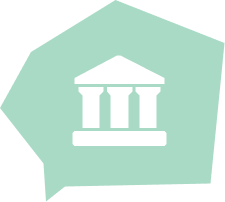
Consumption Area 1: Government & Public Administration
Government & Public Administration is ranked fourth for empowerment. It scored 58.1 out of 100.
The four digital services rated under this consumption area are:
1. Making online payments to public entities (62.9)
2. Filing a tax declaration online (61.8)
3. Using digital identity authentication for public administration procedures (60.1)
4. Requesting documents or certifications online from public entities (49.5)
The most empowered country in this area is Portugal (with a score of 68.6) while the least empowered is Bulgaria (with a score of 39.7).
The most empowered profiles here are highly-educated, financially comfortable individuals. The lease empowered profile are individuals with a low level of education, that just manage to cover basic living costs each month.
Government
& Public Administration
is ranked fourth
for empowerment

Consumption Area 2: Money & Investments
Money & Investments is ranked second for empowerment. It scored 61.2 out of 100.
The four digital services rated under this consumption area are:
1. Managing your bank accounts online (83.3)
2. Using apps for transferring small amounts of money directly from person to person, outside of your normal banking app (64.8)
3. Using platforms to compare insurance and financial products (47.1)
4. Managing all your bank accounts and financial tools from a single platform (open banking and finance) outside of your normal banking app (45.3)
The most empowered country in this area is Portugal (with a score of 66.2) while the least empowered is Bulgaria (with a score of 56.1).
The most empowered consumer profiles are Millennials, who live with plenty of disposable income.
The least empowered profiles are Baby Boomers, with a low or medium level of education, just managing to cover basic living costs each month or increasingly in debt.
Money & Investments
is ranked second
for empowerment

Consumption Area 3: Education & Training
Education & Training area is the least empowering consumption area in the Index. It scored just 35.2 out of 100.
The four digital services rated under this area are:
– Learning about a certain topic informally through online tutorials or self-learning materials (45.2)
– Official online learning (taking courses, exams, certifications, etc.) (35.7)
– Accessing and managing children’s academic information (34.6)
– Using platforms to compare academic credentials and programmes at different universities/schools (26.0)
The use of platforms to compare academic credentials and programmes at different institutions ranked in the top three lowest of the study, signalling that this service has room for improvement.
The most empowered country in this area is Portugal (with a score of 45.1) while the least empowered is Belgium (with a score of 32.2).
The most empowered consumer profiles are Gen Z individuals, with a high level of education, living in a large or medium city.
The least empowered profiles are Baby Boomers, with a low level of education, that live alone.
Education & Training
has room for improvement
for empowering consumers
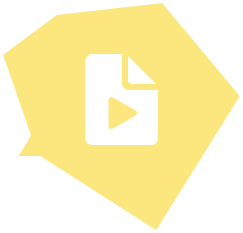
Consumption Area 4: Information & Media
Information & Media area is ranked fifth for empowerment. It scored 55.1 out of 100, rating average compared to other consumption areas.
The four digital services rated under this area are:
1. Online translation (for both text and multimedia sources) (72.5)
2. Consulting online newspaper and news channels (67.3)
3. Online sources for checking the trustworthiness of information (48.9)
4. Bypassing censorship (VPNs, secure connectivity, dedicated apps) (34.8)
The most empowered country in this area is Portugal (with a score of 62.1) while the least empowered is Bulgaria (with a score of 56.2).
The most empowered consumer profiles are Millennials with a high level of education, who live comfortably with disposable income.
The least empowered profiles are Baby Boomers with a low level of education, who live alone.
Information & Media
ranks average
for empowerment

Consumption Area 5: Culture & Entertainment
Culture & Entertainment is ranked seventh for empowerment. It scored 48.9 out of 100, making it an area with room for improvement.
The four digital services rated under this consumption area are:
1. Using platforms for streaming of audio or video content (70.5)
2. Buying tickets or getting information about physical cultural events (57.4)
3. Accessing library services online and buying e-books (40.0)
4. Using platforms for crowdfunding cultural and artistic projects (22.5)
Use of platforms for crowdfunding cultural projects was the least empowering service of the entire study.
The most empowered country in this area is Portugal, (with a score of 53.9) while the least empowered is Bulgaria (with a score of 40.9).
The most empowered consumer profiles are highly educated Gen Z individuals.
The least empowered profiles are Baby Boomers with a low level of education, that just manage to cover basic expenses each month or are increasingly in debt.
Culture & Entertainment
is ranked 7th
for empowerment

Consumption Area 6: Community & Communication
Community & Communication is the most empowering area in the study. It scored 72 out of 100.
The four digital services rated under this consumption area are:
1. Using messaging tools or email (83.7)
2. Using social media (80.8)
3. Video calling another person or a group of people (72.7)
4. Contacting companies or consumer services via live chats (51.1)
Using messaging tools or email to communicate is the most empowering service in the whole study.
The most empowered country in this area is Portugal (with a score of 77.9) while the least empowered is Belgium (with a score of 71.1).
The most empowered profiles for this consumption area are those in Gen Z and Millennials, who are highly educated and have some or plenty of disposable income.
The least empowered profiles are Baby Boomers, with a low level of education, that live alone.
Community & Communication
is the most empowered area
in the study

Consumption Area 7: Health & Wellbeing & Sport
Health, Wellbeing & Sport is ranked sixth for empowerment. It scored 53.5 out of 100, making it an area with room for improvement to empower consumers.
The four digital services ranked under this consumption area are:
1. Booking a consultation with a doctor (65.4)
2. Accessing your online health profile/history (59.3)
3. Getting medicine prescriptions online (56.5)
4. Using wearables and apps for monitoring health conditions and assisted living solutions (29.4)
The most empowered country in this area is Portugal (with a score of 58.8) while the least empowered is Bulgaria (with a score of 43.1).
The most empowered profiles for this consumption area are those who are highly educated, who live comfortably with disposable income and not living alone.
The least empowered profiles are the Baby Boomers increasingly in debt and living alone.
Health, Well Being & Sport
ranks 6th
for empowerment

Consumption Area 8: Mobility & Tourism
Mobility & Tourism consumption is ranked eighth for empowerment. It scored 45 out of 100, making it an area with room for improvement to empower consumers.
The four digital services rated under this consumption area are:
1. Booking a long distance trip online (58.4)
2. Booking a local public transportation ticket online (51.0)
3. Using platforms for booking rides (43.7)
4. Using shared mobility platforms/solutions (28.8)
The use of shared mobility platforms/solutions is the fifth least empowering service in the entire study, meaning it needs attention from industry.
The most empowered country in this area is Portugal (with a score of 50.3) while the least empowered is Bulgaria (with a score of 40.9).
The most empowered consumer profiles are Millennials, living in a large or medium city, that live comfortably with disposable income.
The least empowered profiles are Baby Boomers with a low level of education, that live alone.
Mobility & Tourism
is among the lowest ranking
consumption area

Consumption Area 9: Home & Domestic Energy
Home & Domestic Energy is ranked ninth for empowerment. It scored 36.4 out of 100.
The four digital services ranked under this consumption area are:
1. Signing up fully online for services and utility providers (42.7)
2. Using platforms to compare energy providers (41.4)
3. Using digital trackers for domestic energy and water consumption (32.8)
4. Automatically switching to the most convenient energy provider based on your habits and available offers (28)
Automatically switching to the most convenient energy provider is the fourth least empowering service in the study.
The most empowered country in this area is Portugal (with a score of 43) while the least empowered is Bulgaria (with a score of 24.9).
The most empowered consumer profiles are Millennials, living comfortably with disposable income, with other people.
The least empowered profiles are Baby Boomers, that just manage to cover basic expenses or are increasingly in debt, living alone.
Home & Domestic Energy
is the least empowering
consumption area

Consumption Area 10: Shopping
Shopping is ranked third for empowerment with a score of 61.4 out of 100, making it an area that consumers feel empowered by.
The four digital services ranked under this consumption area are:
1. Buying products online (80)
2. Using online consumer product reviews (69.1)
3. Using platforms to compare products by different aspects (67.9)
4. Borrowing or renting products online (not purchasing) (24.6)
Online shopping is the third most empowering service of the study, whereas borrowing or renting products is the second least empowering.
The most empowered country in this area is Italy (with a score of 64.7) while the least empowered is Belgium (with a score of 56).
The most empowered consumer profiles are individuals from the Gen Z or Millennials, who are highly educated, and have some disposable income or live comfortably.
The least empowered profiles are individuals Baby Boomers, who either just manage to cover basic expenses or are increasingly in debt and live alone.
Shopping is in the top 3
most empowering
consumption areas
Sustainability impact
When compared with offline alternatives, digital services have mostly a positive impact on sustainability, from a full ESG perspective. 12 digital services are seen to have a very positive impact on sustainability, 23 have a positive impact and 5 are slightly positive.
Experts are concerned about the increase of energy utilization and the overconsumption digitalization brings. Despite this, they still believe it will have a more positive impact on sustainability throughout the next 10 years. Experts are optimistic that with a mix of public awareness, innovative technologies and purposeful policy, digitalization can power a greener tomorrow.
The most sustainable services in the study are:
1. Filling a tax declaration online (64.1% used it in past 2 years)
2. Requesting documents or certifications online from public entities (47.7% of users)
3. Shared mobility platforms/solutions (21.5% of users)
According to experts
digital services have
a mostly positive impact
on sustainability
Artificial Intelligence deep dive
The 2024 Index also includes a deep dive on consumer attitudes and challenges regarding Artificial Intelligence. Consumers perceive AI as quite present throughout various consumption areas, especially in Information & Media, Shopping and Money & Investment. Yet, over half of consumers say that they have never used a genAI application and only 33% feel skilled in using AI-based services. AI technologies have become pervasive, but our research suggests that skills are not keeping pace.
To close this gap between technology advancements and skill shortages, and, therefore, empower consumers to capitalise on AI’s economic promise and safely manoeuvre this new environment, upskilling is essential. It is paramount to focus on providing the political guardrails and financial incentives to foster an effective AI upskilling program. Together with a robust regulatory framework that generates trust, a profound upskilling program will increase our chances to hit EU’s Digital Decade targets and enable EU consumers to reap the benefits of AI in their daily lives. Innovation should remain the key driver of social, economic, and democratic development, ensuring that as many consumers as possible benefit, even in the era of AI.
For more details on our survey results across different industries and countries click here.
AI is everywhere
but AI skills
are lacking behind
Our researchers
The leading
research team

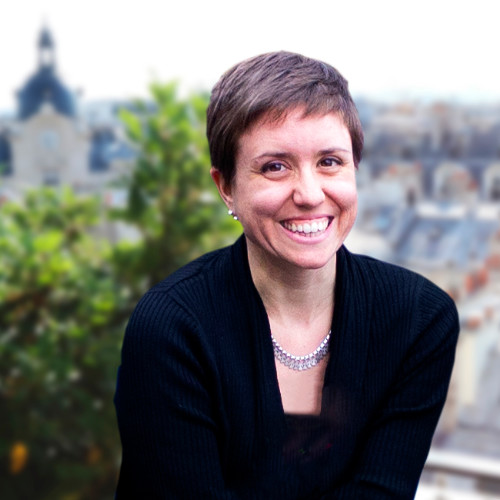

Experts consulted
21 experts
in the digital landscape

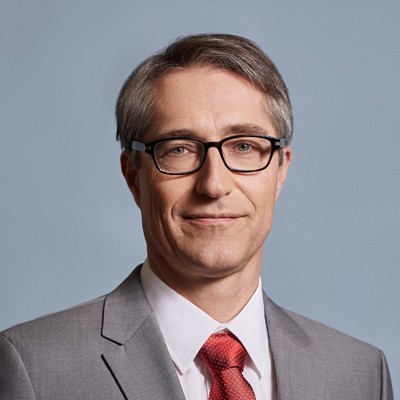
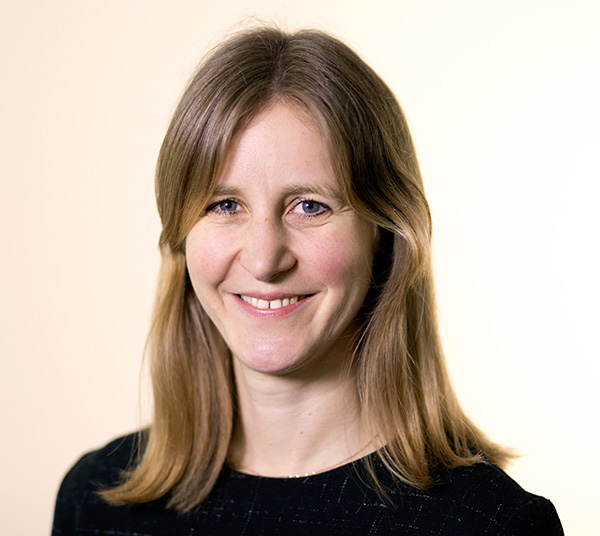

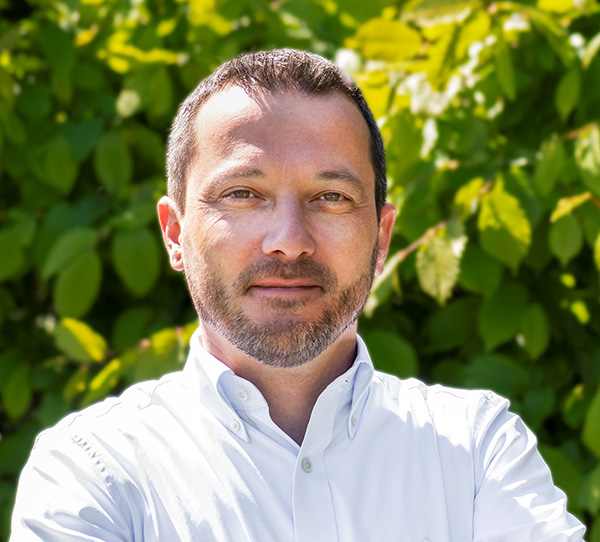





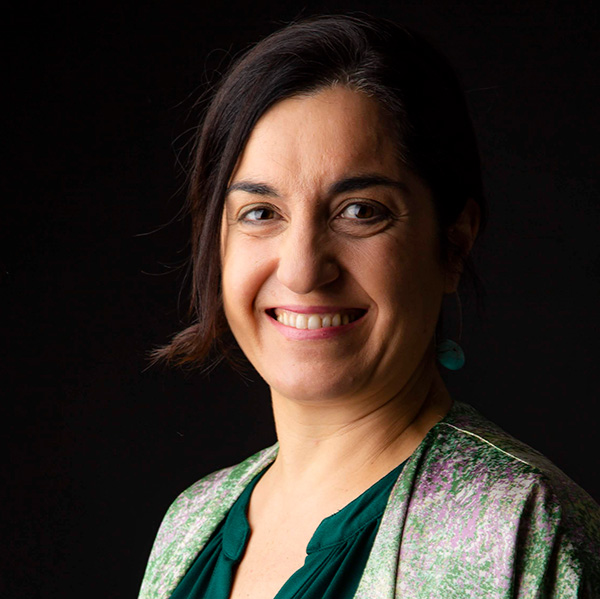



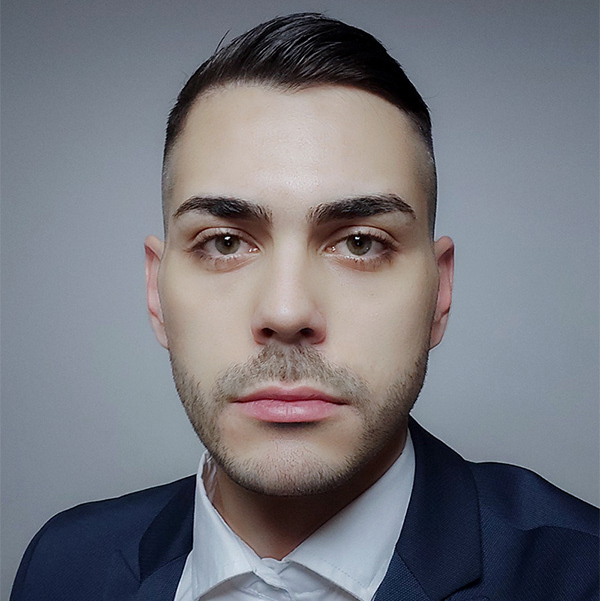


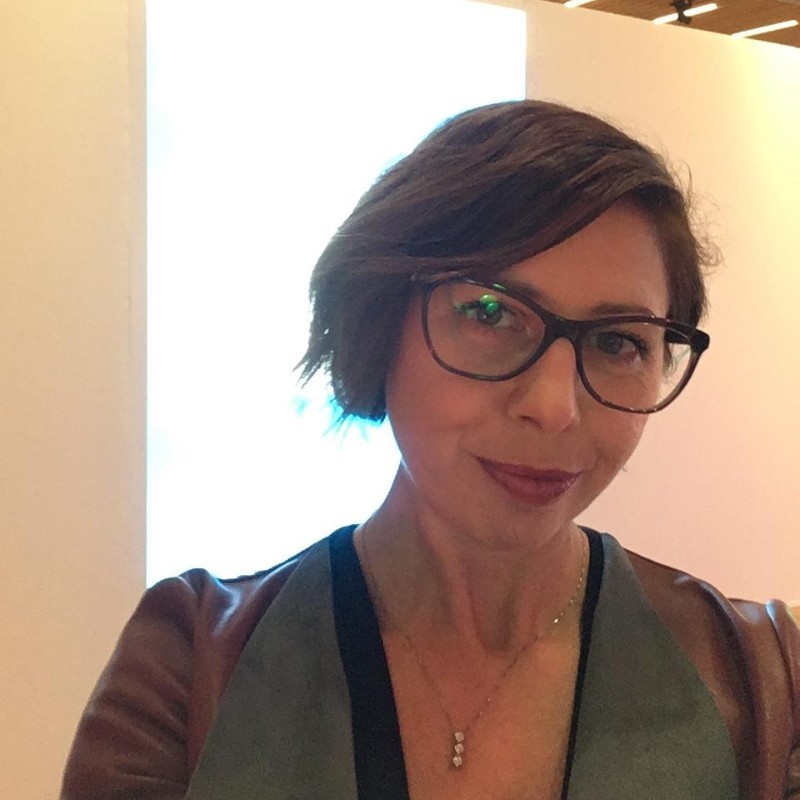


“The Consumer Digital Empowerment Index is a new and articulated study taking the pulse of how consumers feel empowered by digital services and helping us to reveal barriers and areas of improvement for making the online experience more valuable for consumers.”
Explore the Index Library
Curious to dive deeper into the Index?
Visit our interactive data site now!
